- 路 Microwave
- 路 Atmospheric Pressure Microwave 路 Pressure Microwave 路 Parallel Microwave
- 路 Ultrasonic 路Low Temperature Ultrasound
- 路 Ultraviolet Light
- 路 Microwave Heating 路 Atmospheric Pressure Synthesis 路 Atmospheric Pressure Catalysis 路 Atmospheric Pressure Extraction
- 路 Sample Preparation 路 Microwave Digestion
- 路 Soil Digestion 路 High Pressure Synthesis
- 路 Solid Phase Synthesis
- 路 Organic Synthesis
- 路 Ionic Liquid Synthesis
- 路 Degradation Of Natural Organic Matter
- 路 Natural Product Extraction / Purification
河北祥鹄科学仪器有限公司
200A Microwave-assisted synthesis of p-hydroxyanisole
The research was done by a research scholar at the School of Pharmacy at Jiamusi University to discuss the paper on microwave-assisted synthesis of p-hydroxyanisole, published in the important journal
Using hydroquinone as raw material, dimethyl carbonate (DMC) as methylation reagent and polyethylene glycol-400 (PEG-400) as phase transfer catalyst, p-hydroxyanisole was synthesized under microwave assisted conditions. The structure was confirmed by 1H NMR. The optimal synthesis conditions were determined by orthogonal experiments: n (hydroquinone): n (DMC): n (K2CO3): n (PEG-400) = 1:8:0.65:0.40, reaction temperature The yield of p-hydroxyanisole was 76.40% under the conditions of 95 ° C and a reaction time of 35 min. The synthetic method avoids the use of highly toxic reagents, has high safety and is easy to operate.
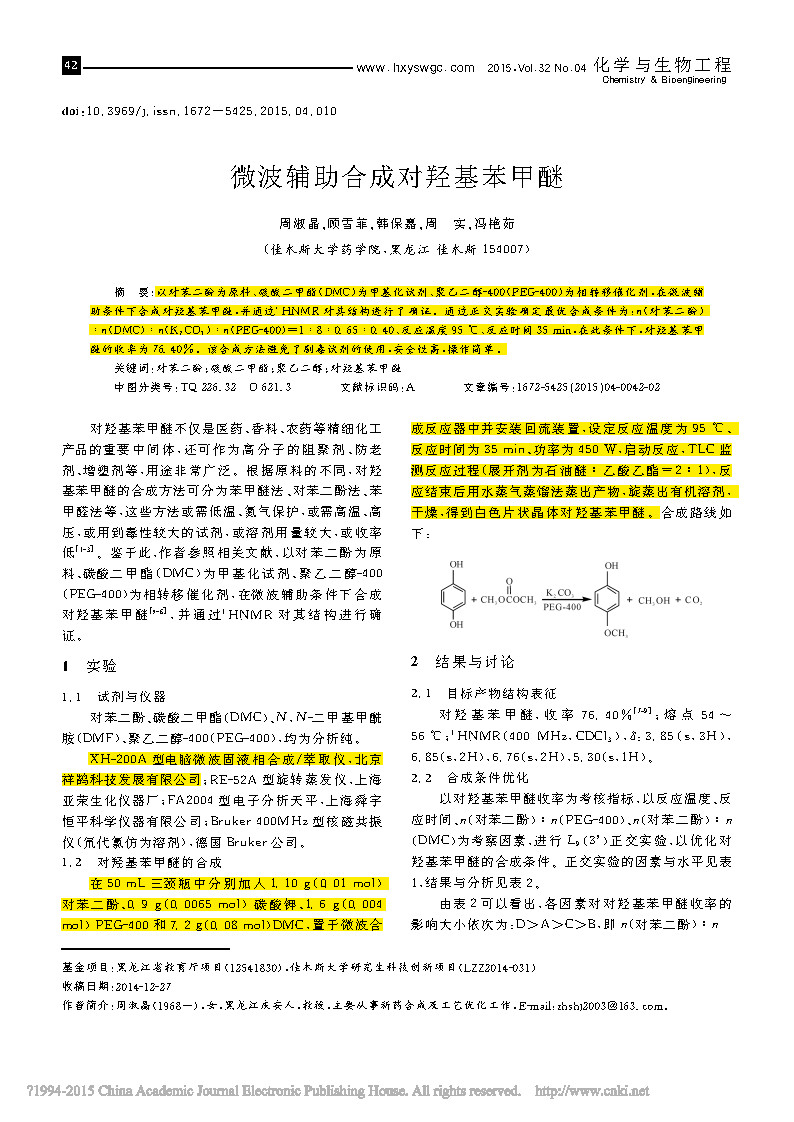
Fig.1/2↑

Fig.2/2↑
Hydroquinone was synthesized by using hydroquinone as raw material, dimethyl carbonate (DMC) as methylation reagent and PEG-400 as phase transfer catalyst. The optimal synthesis conditions were determined by orthogonal experiments: n (hydroquinone): n (DMC): n (K2CO3): n (PEG-400) = 1:8:0.65:0.40, reaction The temperature was 95 ° C and the reaction time was 35 min. Under this condition, the yield of p-hydroxyanisole was 76.40%. The method has the advantages of simple operation, green process and the like, and provides a reference for the synthesis of p-hydroxyanisole.
1.10 g (0.01 mol) of hydroquinone, 0.9 g (0.0065 mol) of potassium carbonate, 1.6 g (0.004 mol) of PEG-400 and 7.2 g were added to a 50 mL three-necked flask ( 0.08 mol) DMC, placed in a microwave synthesis reactor and equipped with a reflux device, set the reaction temperature to 95 ° C, the reaction time was 35 min, the power was 450 W, the reaction was started, and the reaction process was monitored by TLC (the developing solvent was petroleum ether: Ethyl acetate = 2:1). After the completion of the reaction, the product was evaporated by steam distillation, and the organic solvent was evaporated to dryness to afford white crystals.








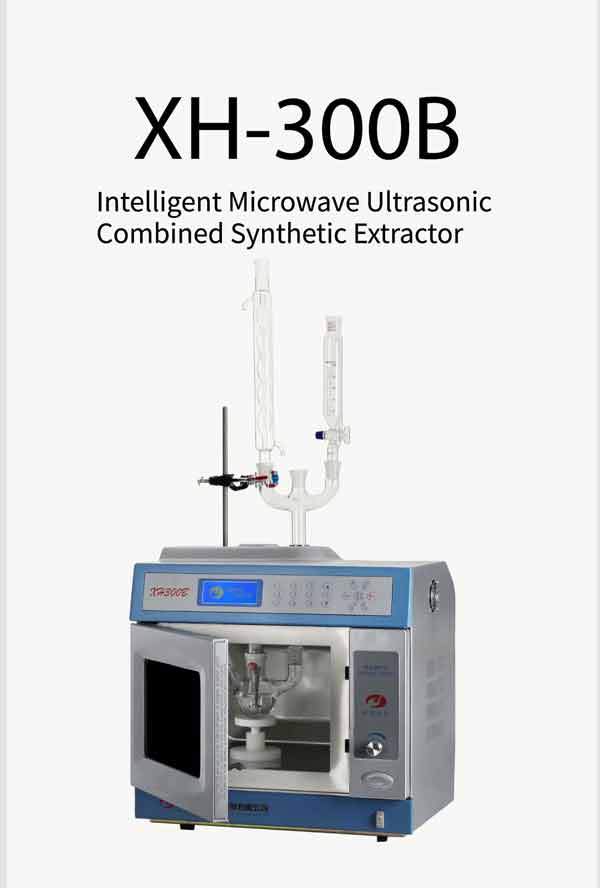

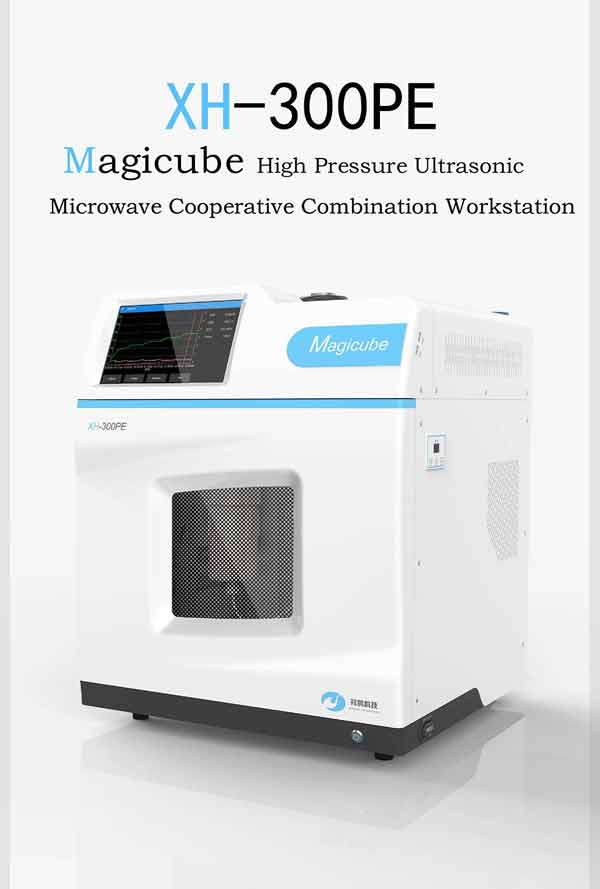
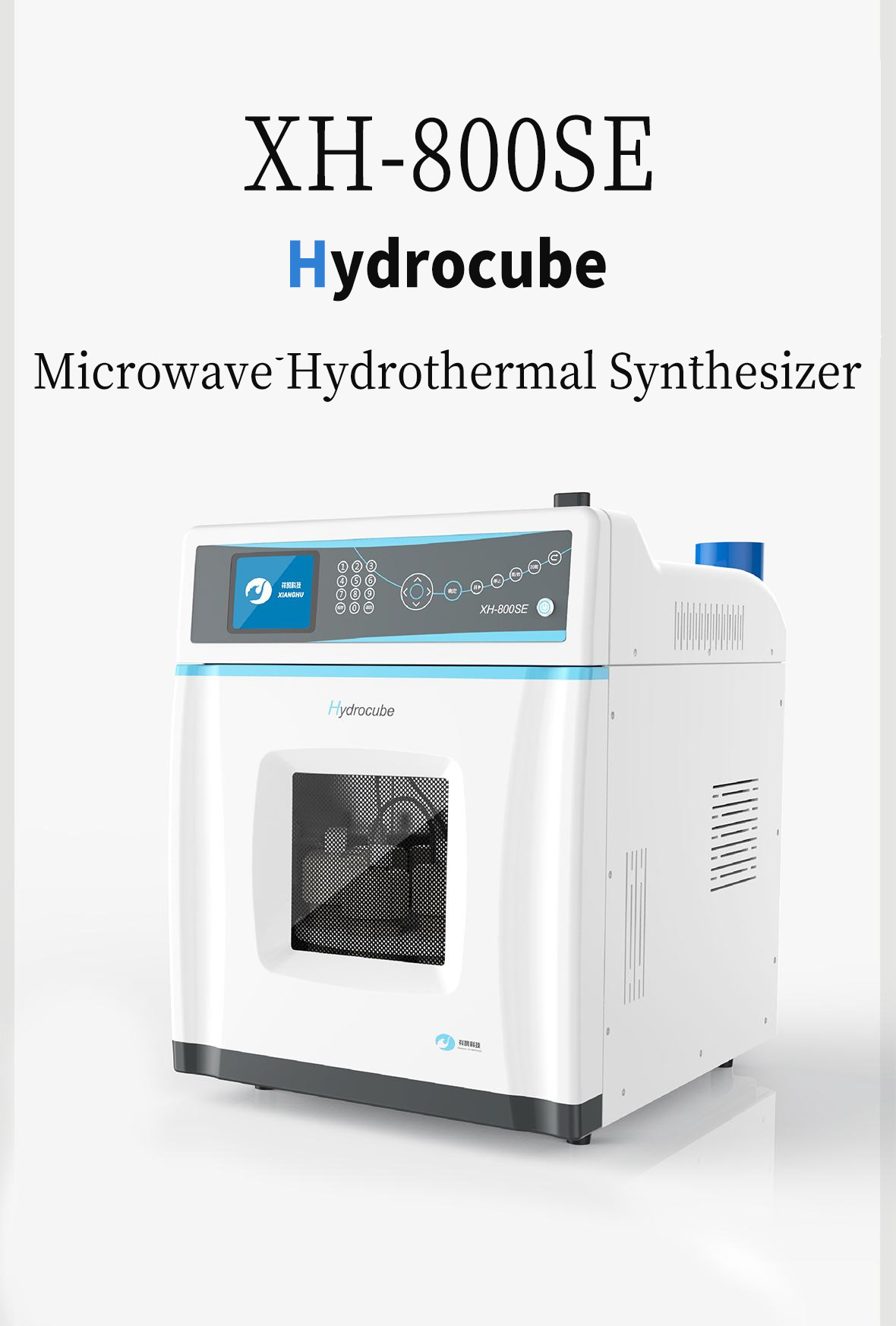
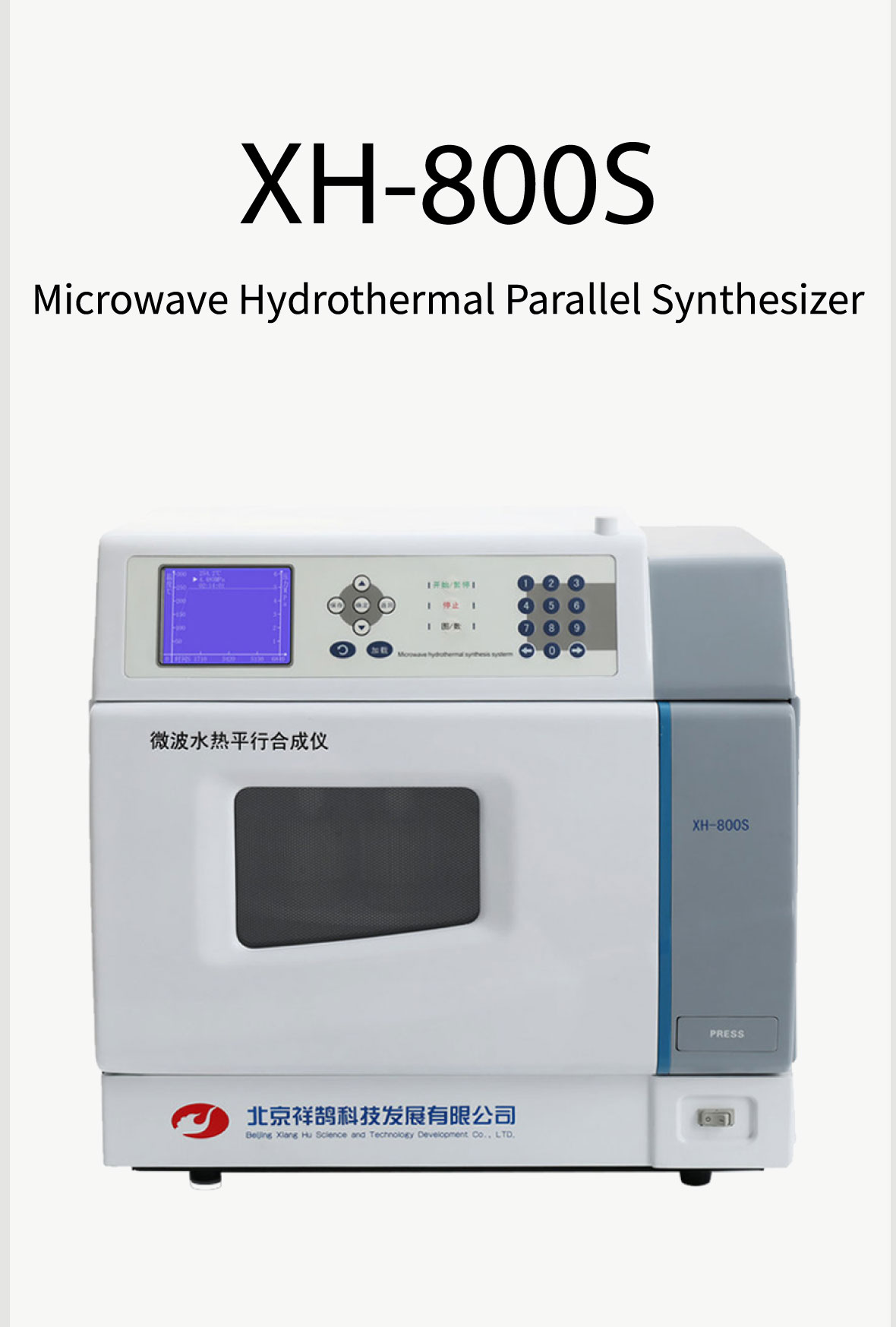
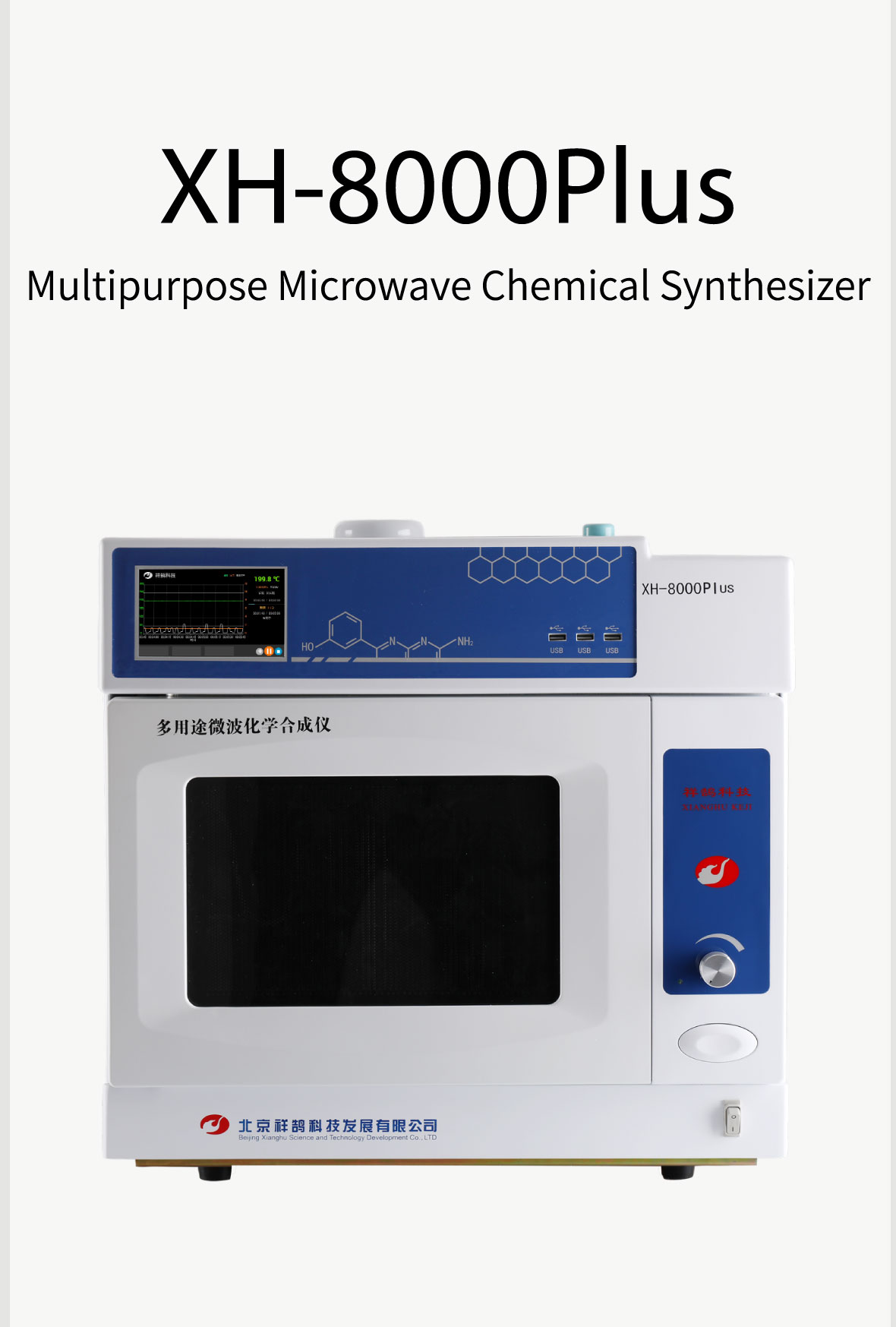
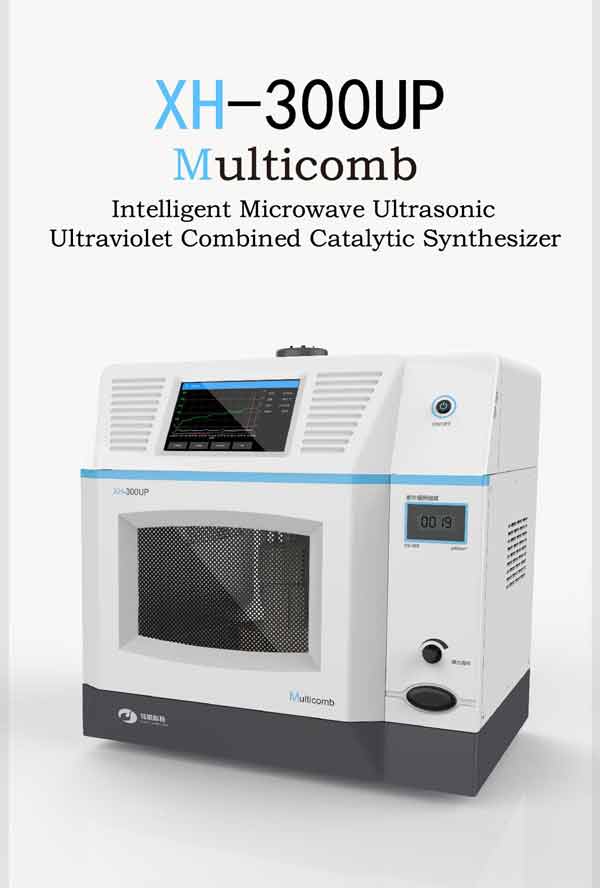
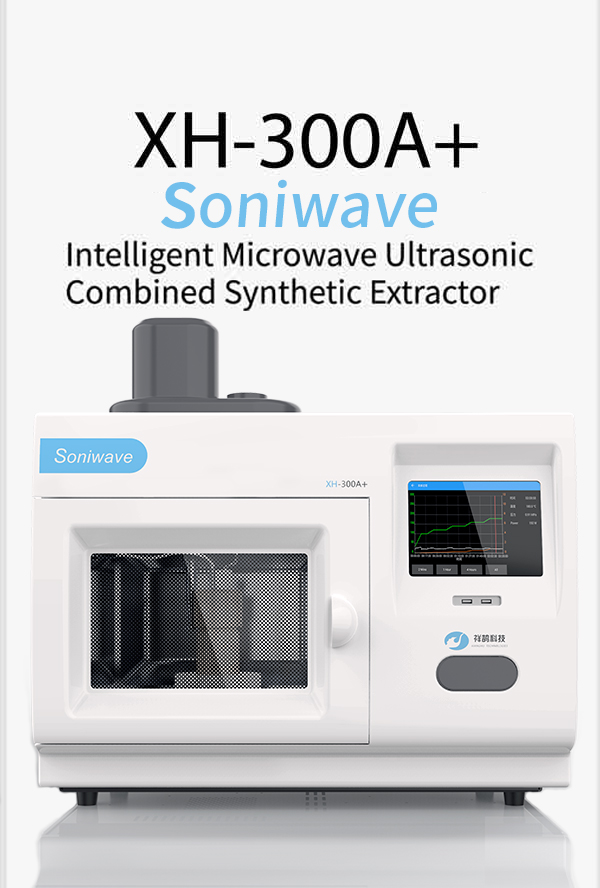

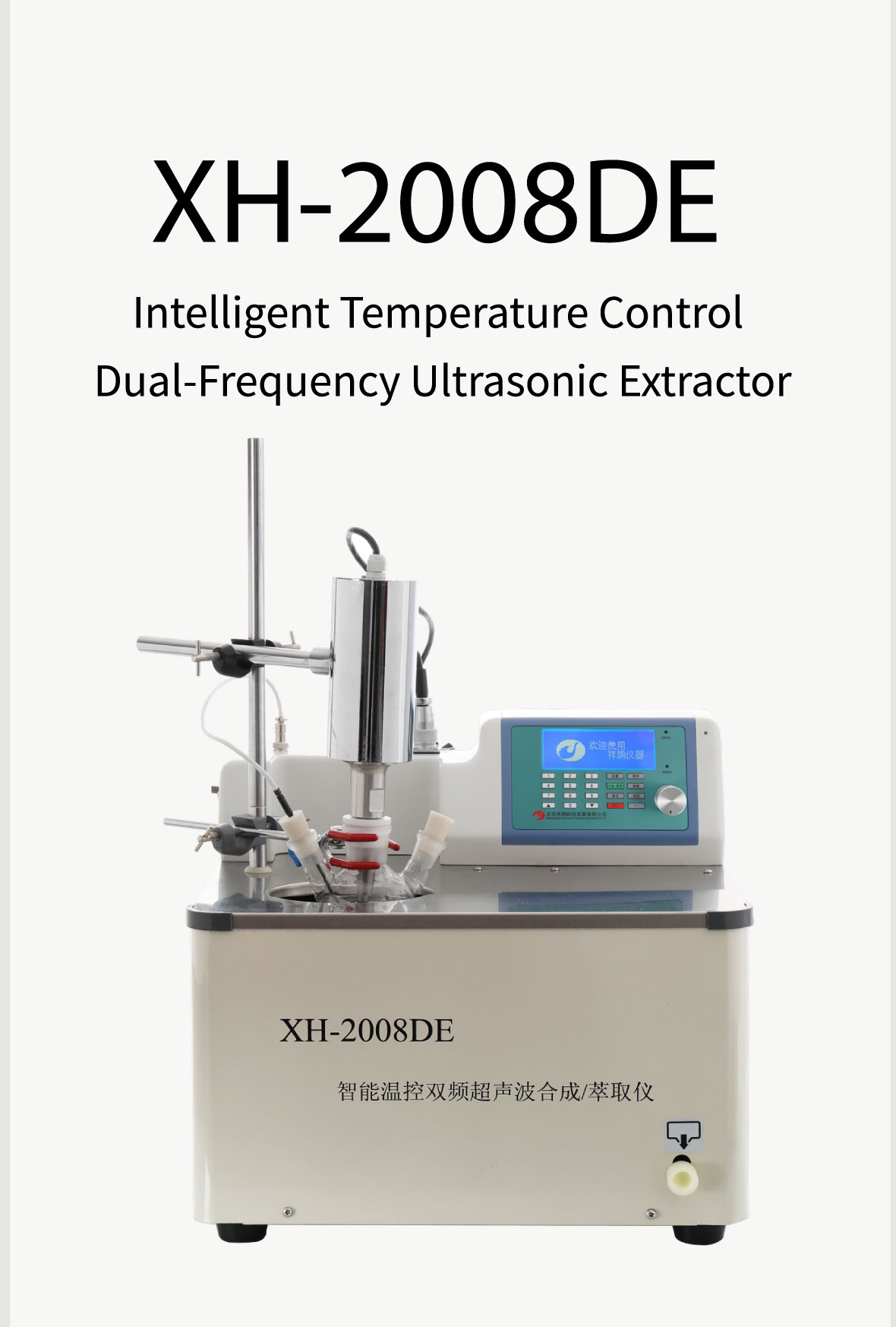



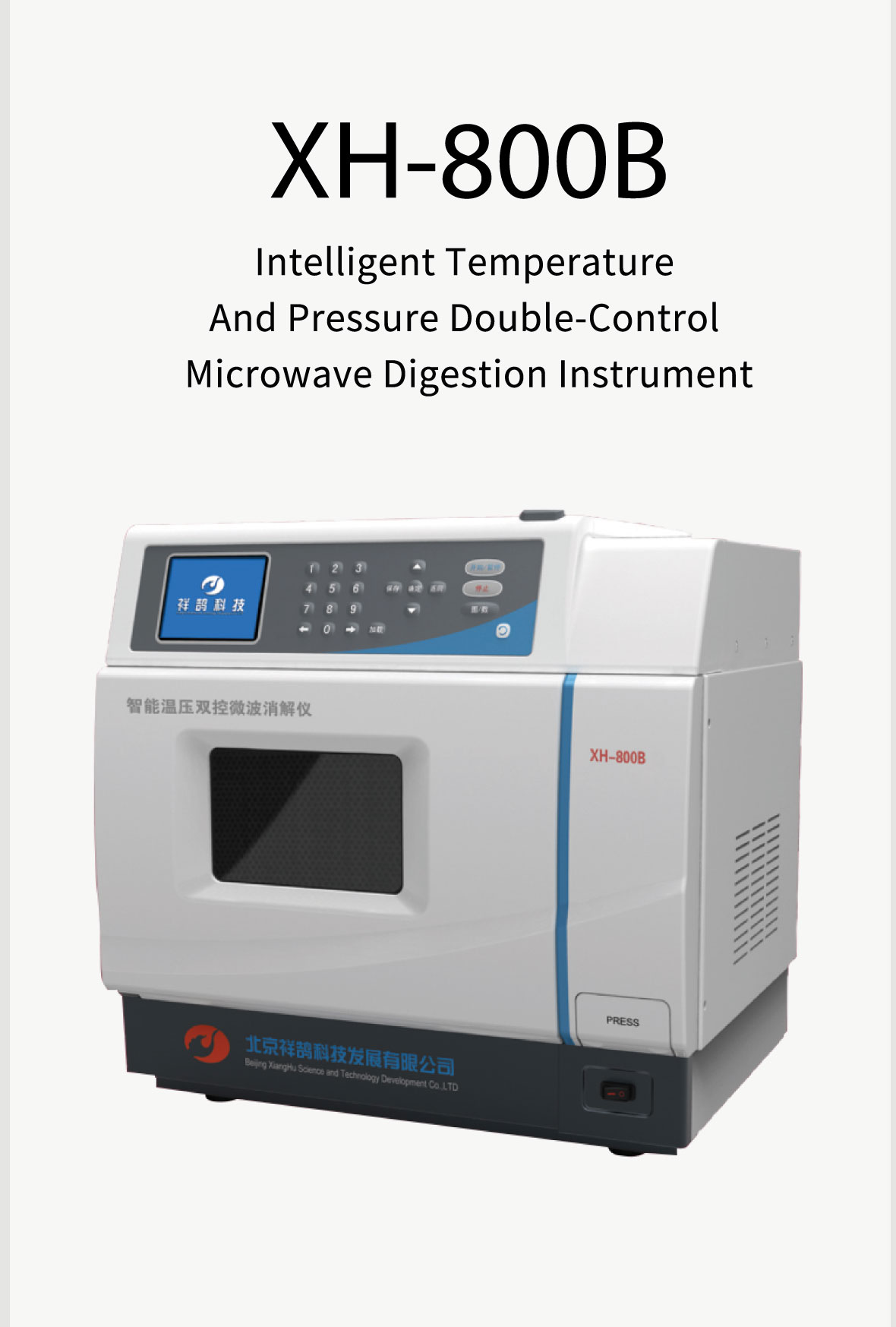

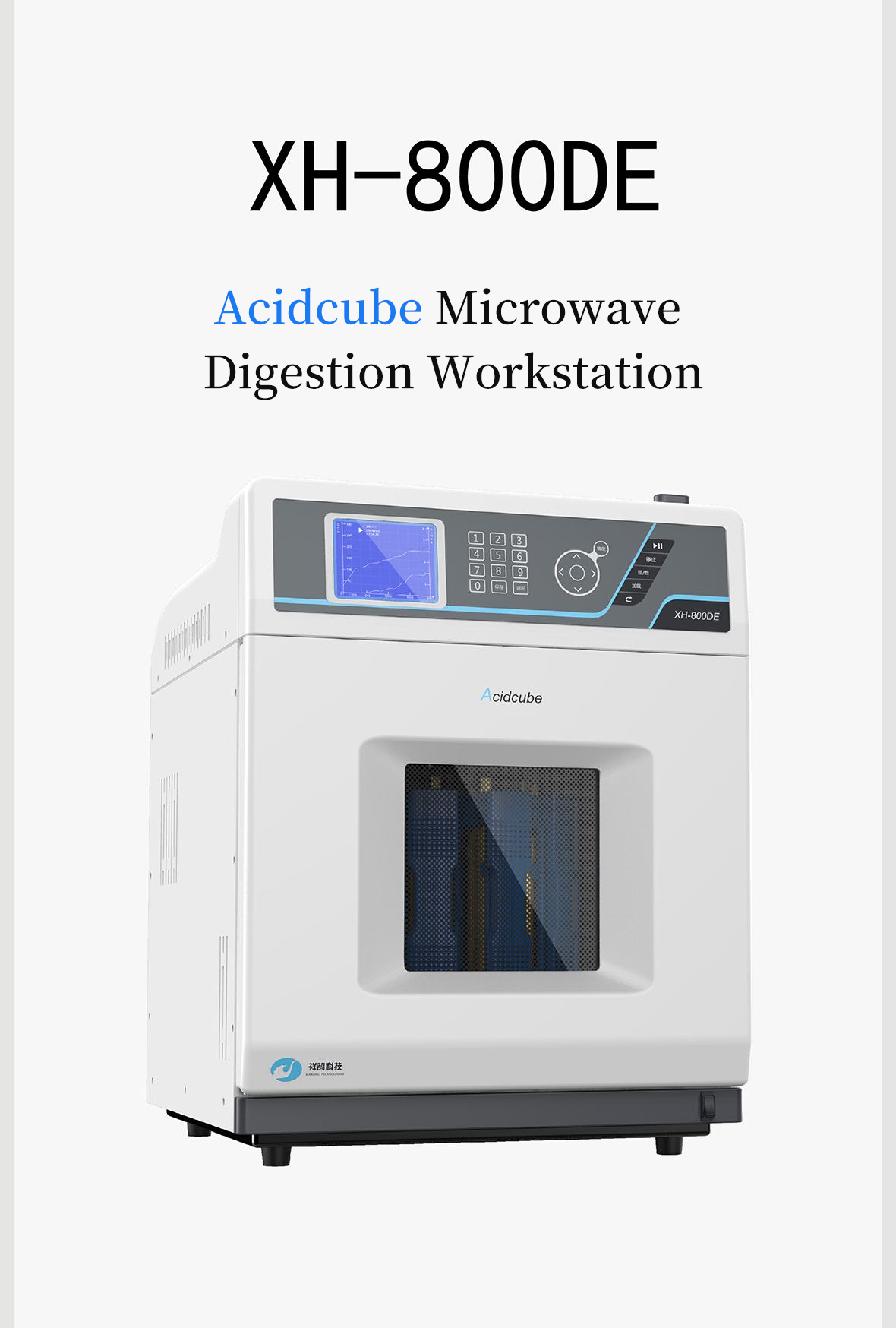

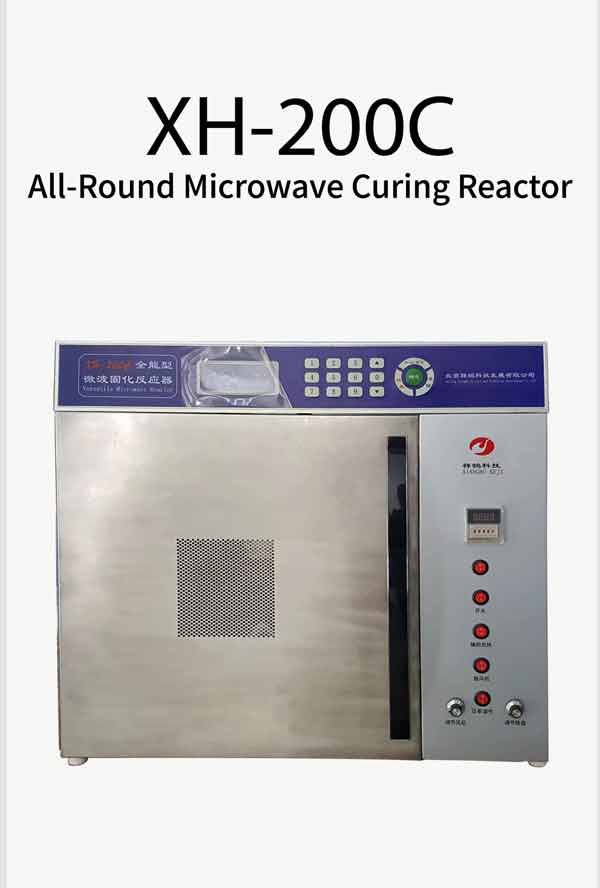
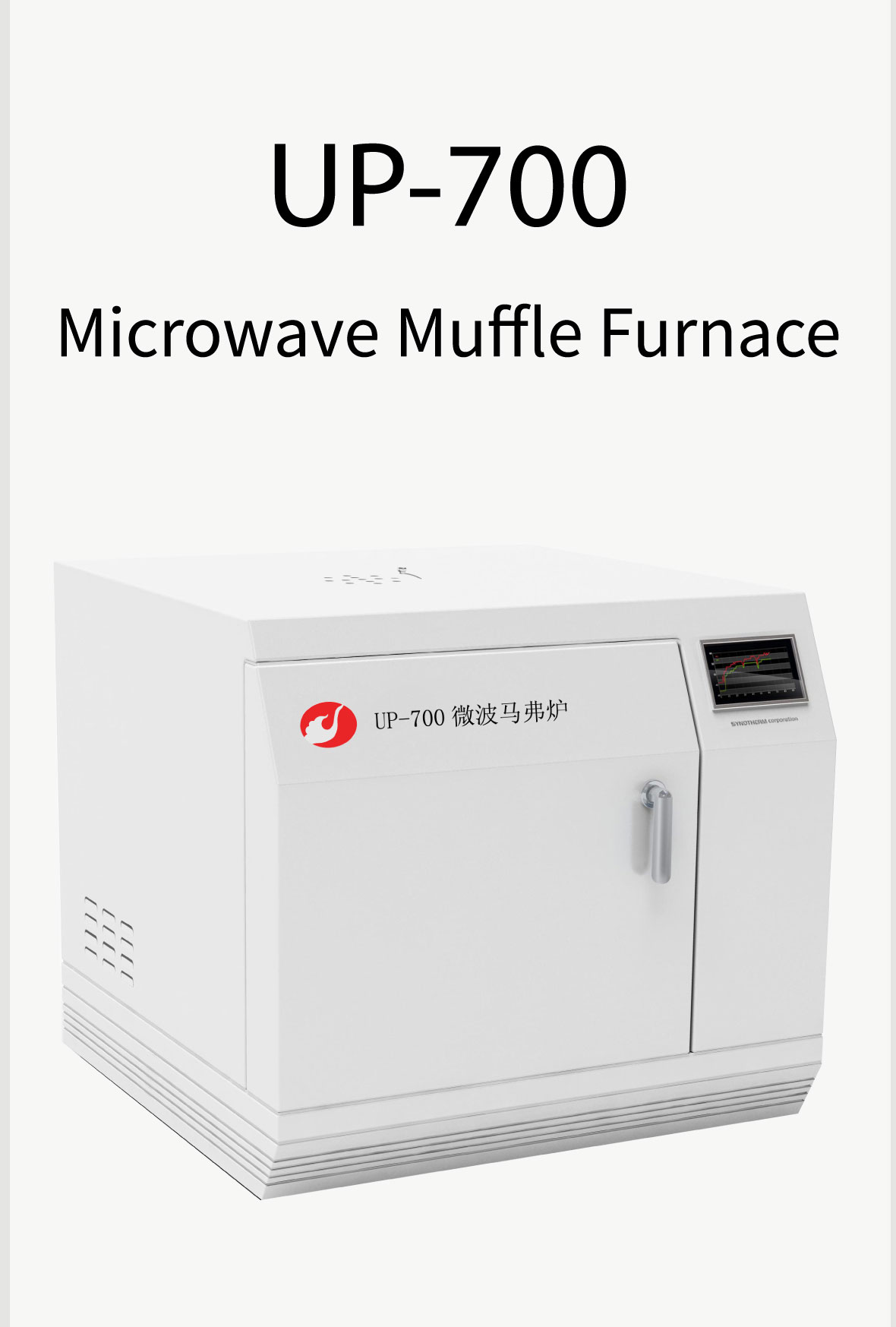

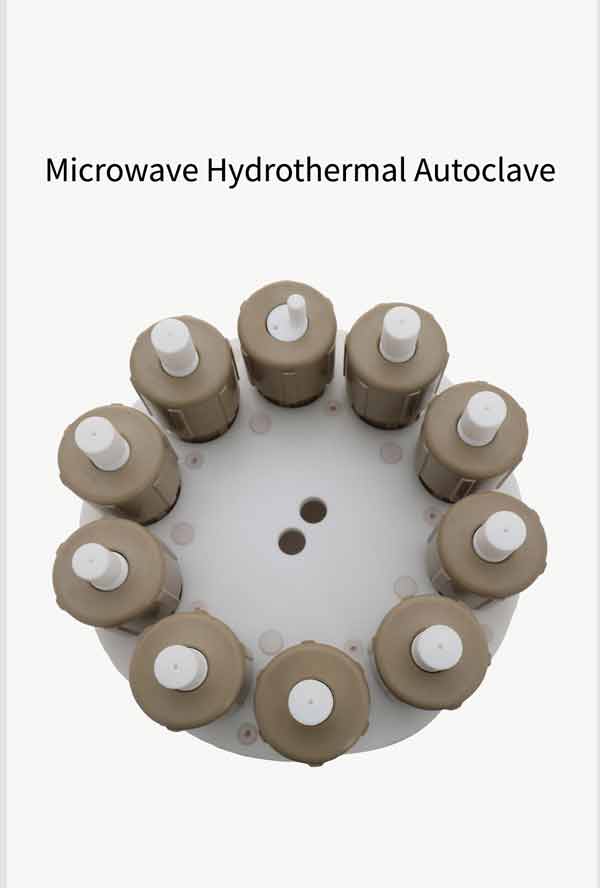

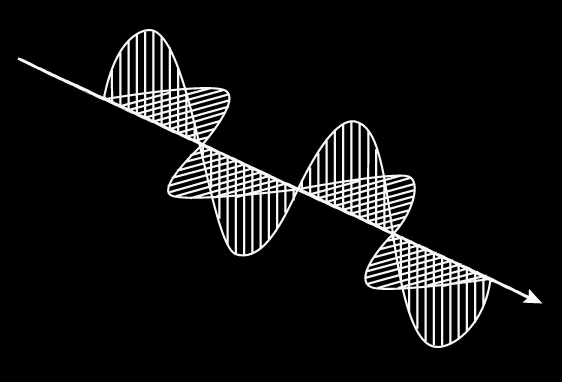

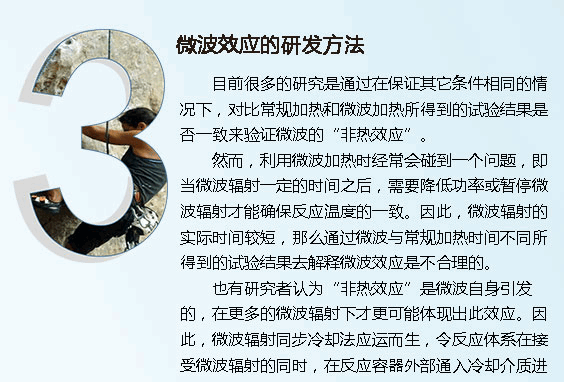
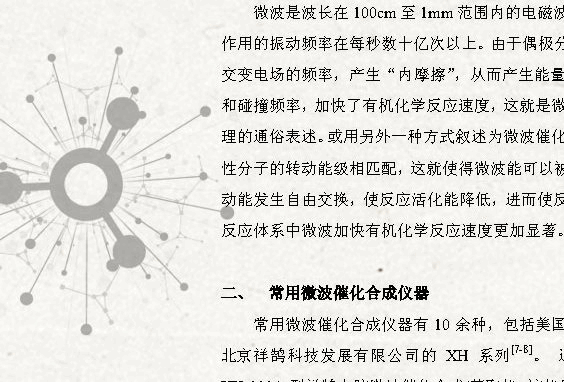

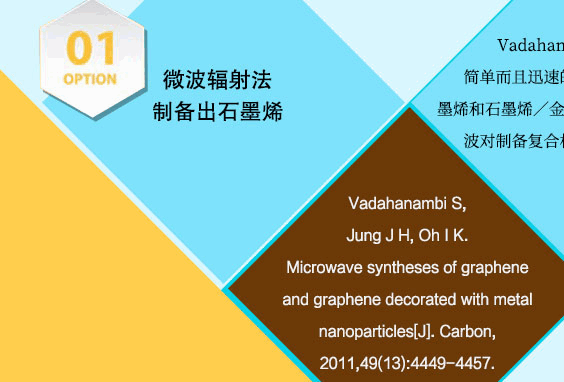
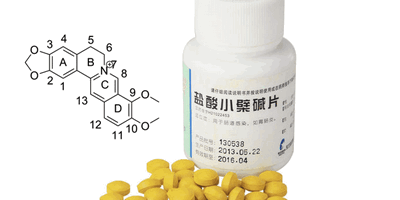


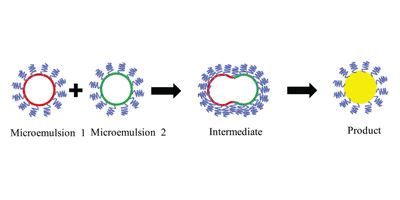
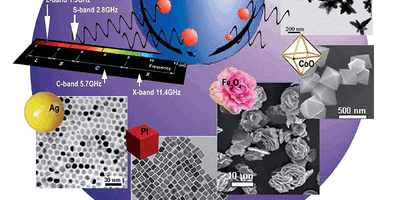
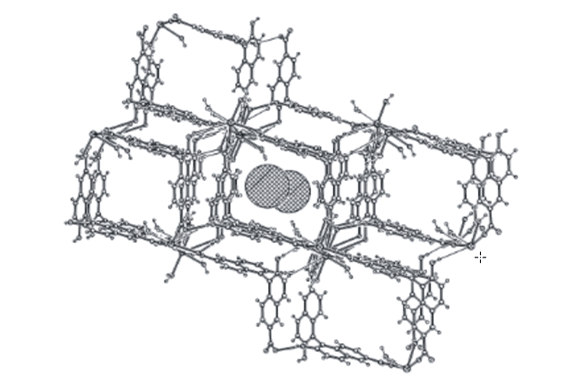
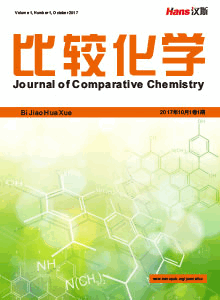
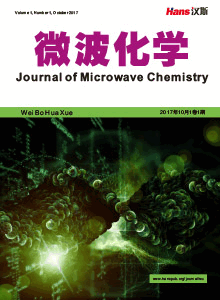
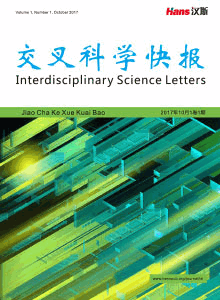


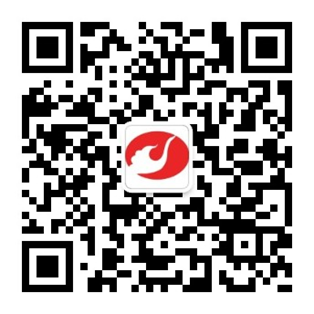

 京ICP备15050585号
京ICP备15050585号

